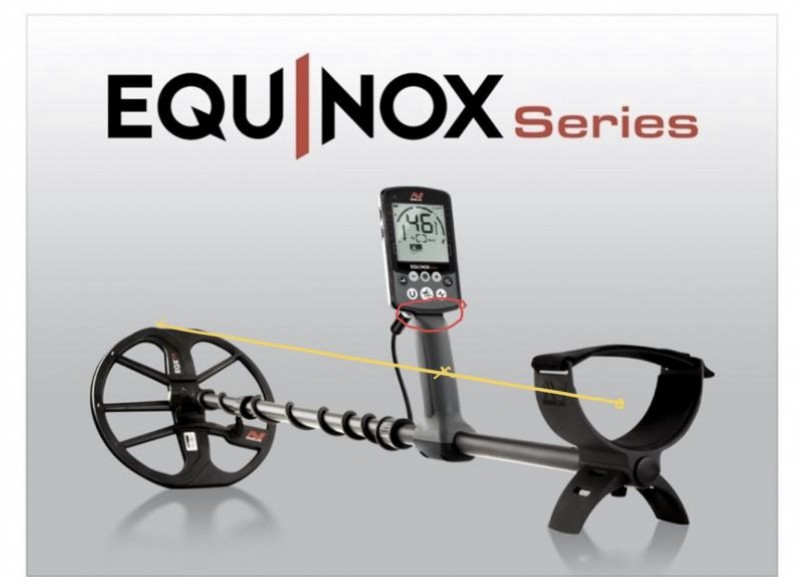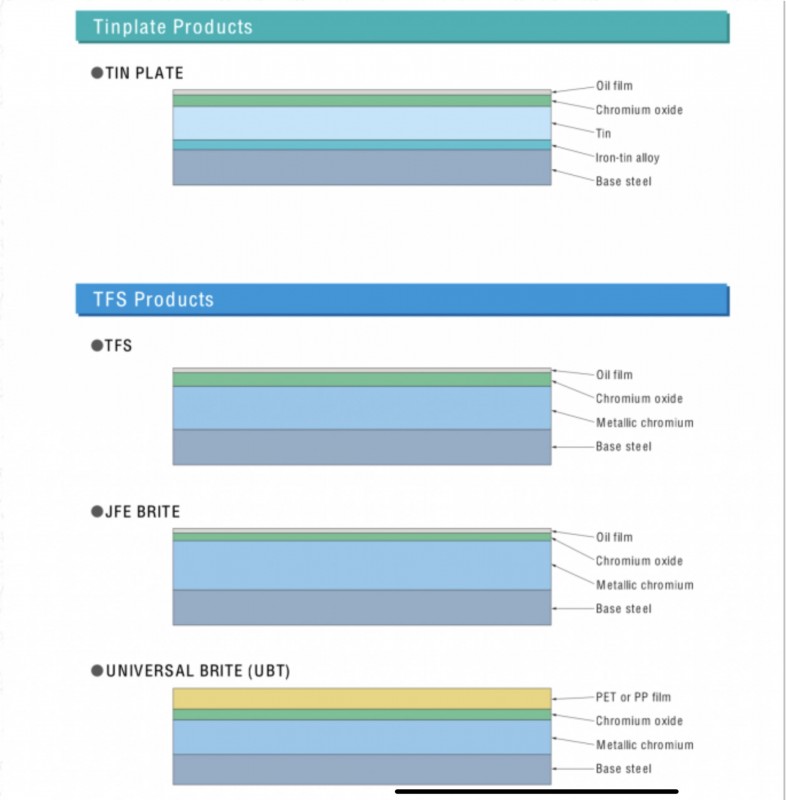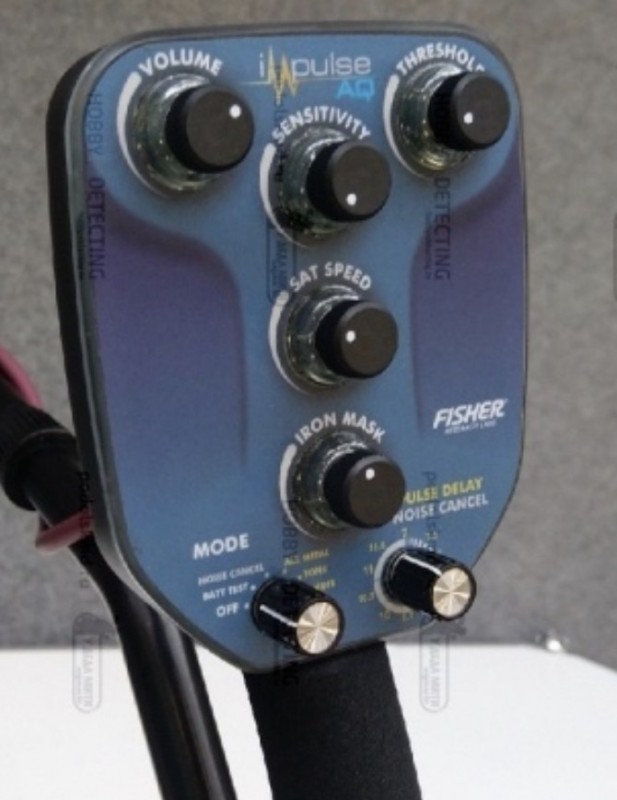-
Posts
1,072 -
Joined
-
Last visited
Content Type
Forums
Detector Prospector Home
Detector Database
Downloads
Posts posted by Rick K - First Member
-
-
There is no evidence that they ever stopped doing custom manufacturing for OEM’s and others.
In addition, they have a robust and popular line of utility and leak detectors.
-
Mass production of electronic circuits and devices is the real root of the whole enterprise. I believe that Tom Walsh (the CEO) manufactured PCB’s and small integrated devices for the automotive market at a Maquiladora in Juarez for years before he saw the opportunity in metal detectors. Others were building low volume machines with lots of hand labor. Tom bought a couple of defunct brands, Teknetics and Bounty Hunter and used their designs to bring out a line of mass produced machines. He then hired Dave Johnson to be chief designer and shortly thereafter FT acquired Fisher which was teetering on the bank of extinction due to terrible management and a series of ”Strike” machines which sold poorly.
With a new term of engineers, including Dave Johnson, they produced a full line of Fisher and Teknetics products as well as numerous Bounty Hunter models.
Carl Moreland was hired in early 2014 - after he left Whites.
Carl saw Alexandre Tartar’s posts on Carl’s Geotech website and contacted him. The end result was FT acquiring the Manta project and hiring the “Euroteam”.
-
Here’s a little something LE.JAG posted on another forum recently - along the same lines...
a scoop for the forum
the latest changes now allow
detect a 24 carat ring
weighing less than 5 gr (no ring 24k heavier to test ...)
under a big nail / or several small nails
if you have a ring 24k try with your detectors
it's impossible / even tdi (modif Reg Sniff) can not do it (22K is its limit )
it will be a very specific setting
that I would explain in video
this extraordinary feat?
detect the 24k under the iron
gives you an idea of the level of separation, gold / iron”
-
My bad, I screwed up the date on my post above. I have been “leaking” about the manta since June 2017, not 2918.
-
It’s mainly me who has teased everyone by posting stuff about this since June 2018. Fisher showed a prototype at one show in Germany this last winter.
It’s a totally new thing for them. The entire design team was the subject of an “acquihire” of Alexandre Tartar and his fellow “Manta” team members.
It is by all accounts a more complex and tighter tolerance device that First Texas is used to producing. That and the likelihood that a dedicated beach PI will be a “niche” machine and therefore not a mass market seller, and the likely high production cost - make it understandable why they are proceeding very carefully.
-
The latest posts by LE.JAG have indicated that the “hole” at the upper end has been steadily nibbled away at - and now lies “above” even massive rings and 22kt gold. 24k is likely still “in the hole” - which is to say, excluded along with ferrous targets, silver and other high conductors when the discrimination function is enabled.
-
Nice summary Steve. I also agree about hand chafing on the underside of the control box/top of the grip - That’s the main reason I got rid of my 600.
I am curious about the near universal preference of water hunters for straight shafts. I never surf hunted with anything but a Whites DFPI, so I have no data as to why that seems to be a fact.
-
I guess the old saying is LITERALLY TRUE
Different strokes for different folks!
-
I don’t disagree with your summary - guess I don’t like being accused of “bringing it up a lot”- I just edited my above post to document how often I have done so on this forum - (unless I missed something) Sounds like I have some axe to grind. I don’t. The Nox is an amazing machine which has revolutionized the detector marketplace. I have had two of them. It has lousy ergonomics and it’s light weight is its redeeming feature. One wonders however if the well documented problems with the shafts and coil ear breakage don’t have something to do with physics rearing its ugly head.
-
Glad it suits you.
You said that the Deus pointed the way to CPOS detectors. My point is that the Deus rod is WAY more than a stick.
As far as it being something that “you bring up a lot Rick” - you must be sensitive to this, because I just dis a quick search of all my posts on this forum back to when I got my first Nox800 and then showed it to Dave Johnson. There were two I could find...
May 18 2018... The ergonomic argument against the straight shaft is based on the fact that if you look at a straight shaft detector set-up from the side, then draw a line from the inside bottom of the arm cup through the center of the handle, that line projects out to a point well above (in front of) the junction of the shaft with the coil. This results in torque (twisting) when you initiate or reverse a swing with the coil. This force must be resisted by your body. It also introduces twisting strains on the handle mount and the joints in the rod. Here’s a quick and dirty sketch. (Same sketch attached)
June 9 2018...”There’s an excellent reason why detectors are laid out the way the vast majority of them are - straight shafts mean the the handgrip twists at each swing reversal.
I guess that’s “a lot”
-
It’s not the “cell phone” that’s the problem - it’s the dumb stick. The Deus rod is strong, lightweight and ergonomic. All the various “cell phone on a stick” designs suffer from the same terrible ergonomics. Every swing reversal causes rotation about the axis of the shaft.
Look at the picture above of the Deus. The axis of force goes from the middle of the arm cuff, through the middle of the grip to the center of the coil. On almost all of the “CPOS” (cell phone on stick) designs that line reaches the ground well in front of the front edge of the coil. Hence the torque around the axis of force with each swing initiation/reversal.
It’s not me saying that. In 2018 I showed my new Nox to Dave Johnson in El Paso. While I was 6 feet away and before he touched it, he said - “Let me show you how the ergonomics are flawed”
-
OP - that’s how we get $10k toilet seats. No company can afford to spend that kind of money testing every unit of a sub $1k detector. You have to just design it right to start with, then qualify a production process which yields six sigma quality units.
-
I stumbled across this article while trying to find data on how high the prices of T2’s and GPX’s got during the big African gold detector rush of the period around 2010. Pretty fascinating stuff if you can digest some “high falutin’“ anthropological jargon.
She also published a book on the subject - 2nd link.
https://www.worldcat.org/title/who-knows-tomorrow-uncertainty-in-north-eastern-sudan/oclc/1020656228
-
Anybody is interested in supporting this good work with / by finding out whether you know something that could be put to good use – or just signing up as a member – Or sending a contribution - at this time especially I’m sure it would be appreciated.
-
I suspect that many of us know of the excellent work done by “Land Matters”.
Today I got an email from Barry Cole, informing me that Leigh Johnson, the woman who has been the backbone of the non-profit organization which is behind this all recent passed away suddenly.
Here is the notice sent out to the subscribers and supporters.
Changes at Land Matters

RIP Leigh Johnson
Land Matters Executive Director, Leigh Johnson, recently passed away unexpectedly. Leigh was a founder, board member and unpaid volunteer for Land Matters. Her belief in the Land Matters mission led her to dedicate the last 5 years nearly full time to it’s development. I know many of you had corresponded with Leigh and know how helpful, responsive and dedicated she was to the Land Matters mission. She will be missed by all who knew her.With your support Land Matters will continue to be the premier Free non-profit source for land information
As a result of Leigh's passing Land Matters has fallen behind on it's regular claims updates and Member reports. Land Matters is a very small non-profit with limited resources. Rest assured that the Land Matters maps, reports and data will be updated over the next few days. Land Matters will continue in it's mission to bring users reliable current land information.
We have been notified that some Claims Advantage Members didn't receive the latest report. If you are a Claims Advantage Member and you didn't receive your August 15th report please contact us at the link below so we can email you a link to the report download.
Contact Land Matters
We apologize for any inconvenience this delay may cause you. Thousands of people a day rely on Land Matters resources and we take that responsibility seriously. Please bear with us as we get updated and please let us know if you see anything that isn't working right.
Keep Land Matters Free -
Given that FT gave the world a “peek” at the AQ last spring at the outdoor “Messe” in Germany, I tend to doubt that they would want to have it appear at Detectival or any of the other rallies in Europe this September. It isn’t ready for release - we know that because it isn’t released. Showing it anywhere else would likely just stir up questions.
-
Mike Scott of First Texas will likely be there, but whether he will have news or not ????
-
Steve’s guesses have a history of being often accurate.
-
-
No news – hopefully that’s good news!
No news – hopefully that’s good news!
First Texas is being very very careful about putting out actual information about their progress.
-
GB on you are getting two channels of signal processing - it is normally noiser than GB off. Noise cancel, reduce sensitivity get away from emi sources like light dimmers, WiFi, cell radios, power lines and transformers. If it still goes berserk, you may have an issue.
-
Here’s what I posted on Dankowski a while ago...
I have puzzled over this question for a while - what are these “steel” caps made of. After wasting an hour on the web I have concluded that it is likely that they are “Tin Free Steel” or TFS. This differs from “tin Plate Steel” or TPS by the use of metallic chromium instead of tin in the laminate. TPS is what most cans were made of - TFS is used because of its superior anti corrosion qualities and its suitability for painting or other decorative exterior finishes.
Tin Free Steel
Features
TFS has excellent lacquer adhesion properties allowing use for food cans, beverage cans and general line cans.
Excellent resistance to black sulfide stain makes it the most suitable material for making fish cans.
Even when the same surface finish as TIN PLATE is applied to the substrate steel sheet,
it provides the unique surface luster characteristic of metallic chromium.
-
The good news, if any, is that the tweaking of the electronics and software have been ongoing while all the other hundreds of details of getting the thing produced are being sorted out. For example, LE.JAG has posted about improvements to the depth in the iron ID modes so that now the depth penalty for using these instead of all metal has been reduced to a very small percentage.
Since they announced long ago that a gold nugget PI was next in line, I would expect that this platform’s development has moved along so that the gap between the introduction of the “Aqua” and the “Terra” might not be so long.
-
Skate, The Impulse is on the whole slightly less “fussy” than the TDI (I have had two of those). The controls are similar, but there are differences. One big difference is that there is no huge depth penalty like is found in the TDI when the TDI is in GB on mode vs. GB off.
Below is a photo which was released after Fisher brought a proto to the Huge Outdoor Expo in Germany. Here is my best shot at explaining how it works. Please note that l have only used a prototype and that only for a few hours per day over three days.
Volume and Threshold are pretty self-explanatory. Likewise Sensitivity operates pretty much like on any other detector.
The two smaller knobs at the bottom are -
on the left, the on/off, Batt test, noise cancel, all metal and two discrim modes - mute and tone.
The right hand one sets the noise cancel position when in noise cancel and the pulse delay when operating in all metal or one of the two discrim positions.
The start up routine is turn on to noise cancel, then rotate the right hand bottom knob till you get the quietest audio - there is no stop, it’s just a rotary encoder.
Turn to all metal and set comfortable level of sensitivity, threshold and volume. The Sat Speed works much like the SAT or recovery speed setting on a VLF, longer signals with more depth perhaps or shorter ones to enhance the discrim function if you are using it.
The Iron Mask Knob increases the effect of discrimination in the Multitone or mute iron ID modes (selected with the lower left knob).
The Pulse Delay control is generally used at the minimum which conditions allow. Some circumstances may require a longer pulse delay to compensate for salinity, running salt water or other factors. The shorter the delay, the more sensitivity to ALL targets, not just to small ones.
The SAT and Pulse delay interact to some degree so adjusting the delay may make you want to tweak the SAT.
Unless ferrous junk is a serious problem, all metal is the quietest mode and the most straightforward to use. It also has the max depth (although the sensitivity difference between it and the ID positions has been steadily reduced as the successive prototype revisions were developed).
LeJag, who has been the chief development tester, hunts in all metal and finds that he seldom needs to cross-check in discrim. - but he has been using PI’s for a decade and is an ace.
In my limited use of a prototype last October in San Diego, I found the all metal or the iron mute discrim mode to be the most comfortable for me.
None of the settings are super critical. The






Now We Know What The New Ftp Manufacturing Plant Is For....
in First Texas - Bounty Hunter, Fisher & Teknetics
Posted
A long time ago I had the entire world supply of a certain “space rated” transistor (not an IC or a chip - just a stinking transistor) in my bottom right-hand desk drawer. I was a contracts manager at Allied Signal (now Honeywell since they bought Honeywell) and we had a product which used this component on a launch vehicle. We got an order for the product from a customer and suddenly the you know what hit that rotating thing.
The parts in my drawer were absolutely required and WAY no longer available. Only problem was the “traceability” could not be documented. A gap in the paperwork made them unusable. A couple of weeks of furious phone calls (this was a while back!) and I scored the precious bit of paper. Got a nice raise that year.